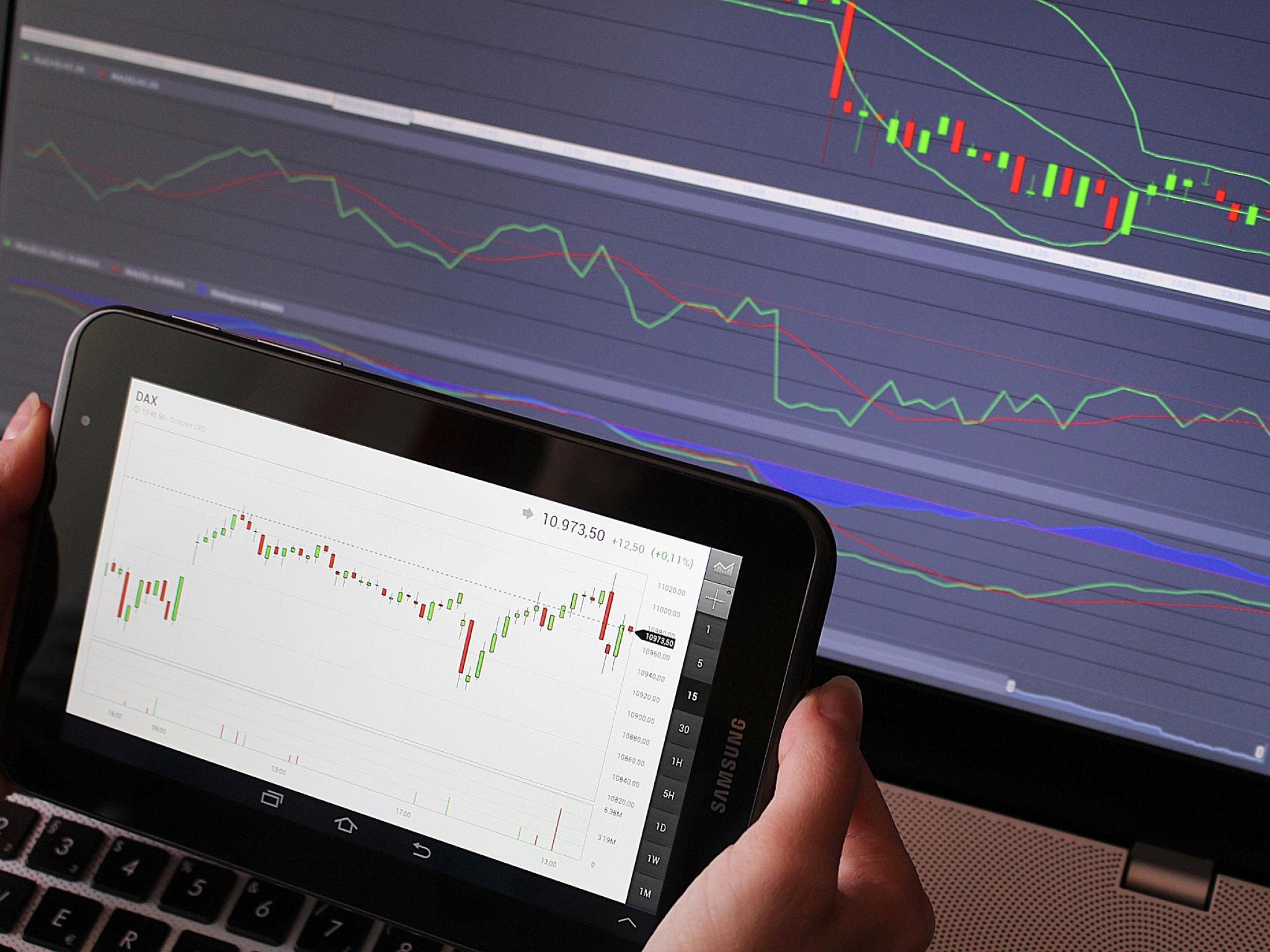
According to Benzinga Pro, during Q2, Hormel Foods (NYSE:HRL) earned $261.68 million, a 9.17% increase from the preceding quarter. Hormel Foods also posted a total of $3.10 billion in sales, a 1.74% increase since Q1. In Q1, Hormel Foods earned $239.71 million, and total sales reached $3.04 billion.
What Is ROIC?
Return on Invested Capital is a measure of yearly pre-tax profit relative to capital invested by a business. Changes in earnings and sales indicate shifts in a company's ROIC. A higher ROIC is generally representative of successful growth of a company and is a sign of higher earnings per share in the future. A low or negative ROIC suggests the opposite. In Q2, Hormel Foods posted an ROIC of 3.0%.
Keep in mind, while ROIC is a good measure of a company's recent performance, it is not a highly reliable predictor of a company's earnings or sales in the near future.
Return on Invested Capital is a measure of yearly pre-tax profit relative to capital invested by a business. Changes in earnings and sales indicate shifts in a company's ROIC. A higher ROIC is generally representative of successful growth of a company and is a sign of higher earnings per share in the future. A low or negative ROIC suggests the opposite. In Q2, Hormel Foods posted an ROIC of 3.0%.
Keep in mind, while ROIC is a good measure of a company's recent performance, it is not a highly reliable predictor of a company's earnings or sales in the near future.
For Hormel Foods, the positive return on invested capital ratio of 3.0% suggests that management is allocating their capital effectively. Effective capital allocation is a positive indicator that a company will achieve more durable success and favorable long-term returns.
Analyst Predictions
Hormel Foods reported Q2 earnings per share at $0.48/share, which beat analyst predictions of $0.47/share.
This article was generated by Benzinga's automated content engine and reviewed by an editor.







